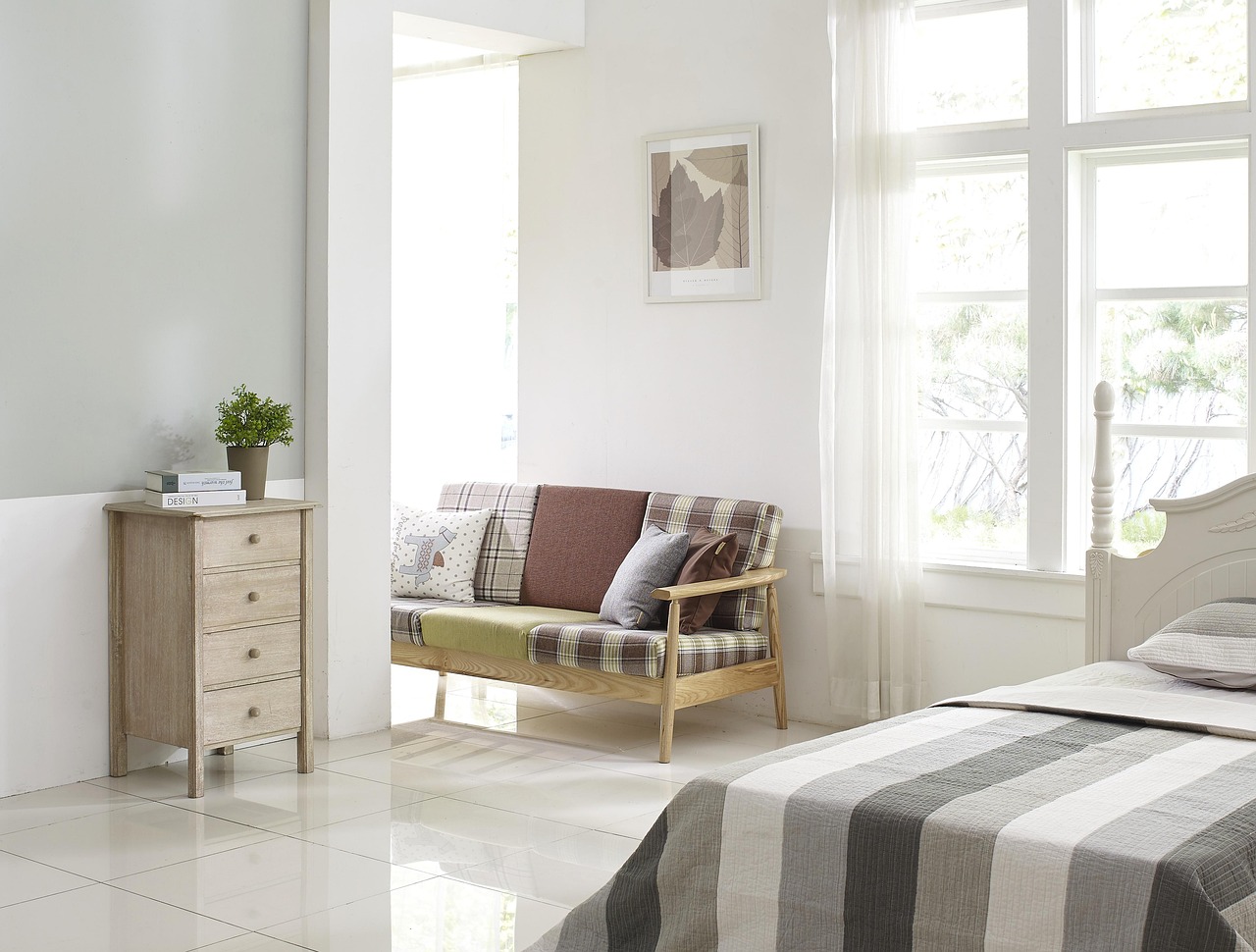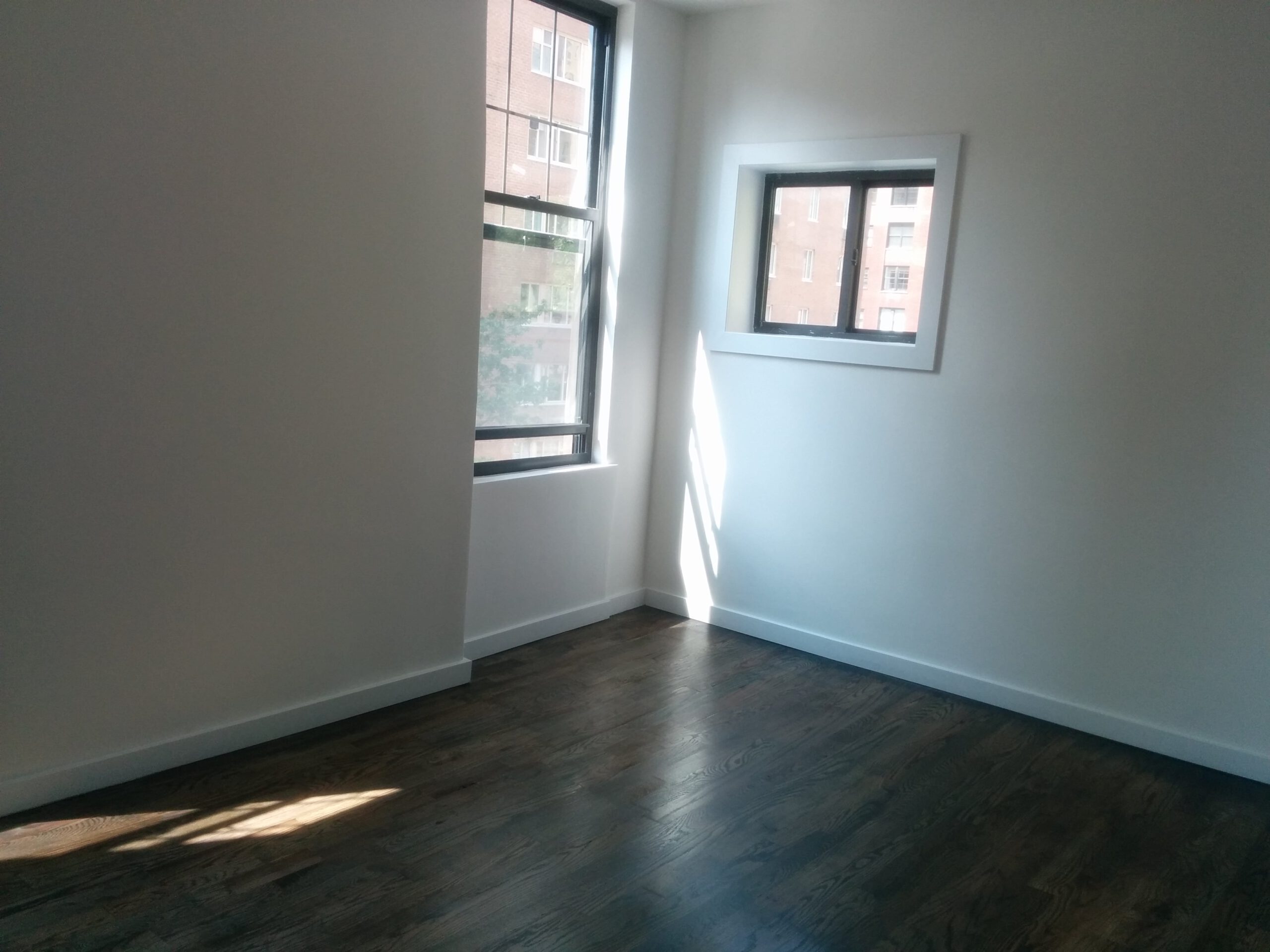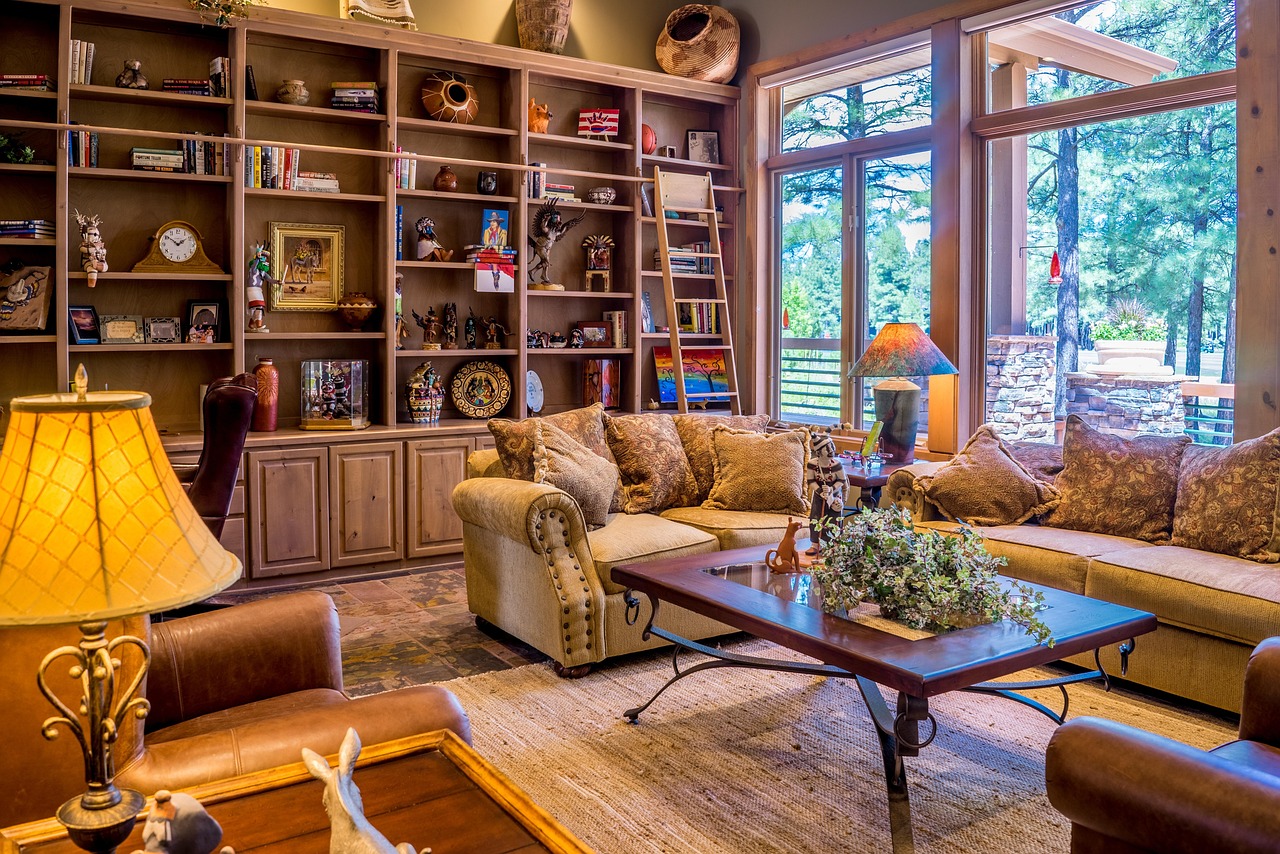Minimalism’s Seduction Leaves Rooms Breathless
Picture your living room stripped of everything but a gray sofa and a sad, lonely plant. At first, the clean lines feel like a breath of fresh air. But after a week, the echo of your footsteps starts to feel less like peace and more like a silent scream. Minimalism’s siren song can be intoxicating, but too much of it leaves spaces that look like showrooms, not homes. A room without personality may impress on Instagram, but in real life, the lack of warmth is palpable. Visitors sit awkwardly, searching for a hint of your story. The truth? Even the best-designed empty space can feel hollow if it forgets the heart.
Over-Decluttering Drains the Soul from Your Story
Everyone has that box of childhood photos or the odd mug from a memorable vacation. When you toss too much, you risk erasing the tiny artifacts that make your home uniquely yours. Interior designer Sarah Sherman Samuel warns, “A good home tells a good story.” Without those stories, walls become blank canvases, void of memory and meaning. You don’t have to keep every trinket, but purging too deeply can leave you feeling unanchored. Emotional emptiness creeps in, subtly, as if you’ve packed away not just clutter, but comfort itself. A home should whisper your narrative, not silence it.
Essential Comforts Disappear and Frustration Grows
Imagine reaching for a spatula that’s no longer there, or realizing you’ve donated the guest blanket the night a friend needs to stay over. According to a recent Houzz survey, 62% of homeowners regret letting go of “just-in-case” essentials. When utility disappears, frustration surfaces. Daily routines get interrupted by missing basics—a lamp for late-night reading, a tray for your keys. Overzealous decluttering can turn small conveniences into daily annoyances, eroding the joy of your routines. The home’s primary job is to support you, not trip you up with gaps where function should be.
Visual Coldness Replaces Warmth and Welcome

Staging experts say that homes with too few visual layers—like rugs, books, or textured throws—often feel unwelcoming to buyers and guests alike. Zillow’s 2024 Home Trends Report highlights that “warm minimalism,” not stark minimalism, is what actually sells. When surfaces are left bare and colors become monotone, the space can start to feel clinical. Think doctor’s office, not dream home. A touch of clutter—a well-placed stack of books or a favorite candle—creates visual softness. Without them, your home’s personality fades, leaving style without soul.
Psychological Effects Include Anxiety and Disconnection

You might think less stuff means less stress. But research in design psychology shows that overly empty spaces often trigger subtle anxiety. Humans are hardwired to seek comfort in familiar objects and cozy corners. In fact, a 2023 study from the Environmental Psychology Journal found that “personal artifacts” in living spaces reduced reported stress by 18%. Strip away too much, and instead of calm, you get a nagging sense that something is missing. This isn’t just about aesthetics; it’s about emotional well-being. Your mind craves reminders of who you are and what you love.
Resale Value Can Take a Surprising Hit

You might assume a super-minimal home will wow buyers, but real estate stagers know better. Empty rooms can actually look smaller and less functional, making it harder for buyers to imagine their own lives unfolding there. According to Redfin, staged homes with thoughtfully chosen furnishings and accessories sell for up to 10% more than vacant or overly sparse spaces. A house that feels too bare can seem cold and incomplete, which makes offers less likely and negotiations tougher. Balance is key: buyers need enough “home” to fall in love with.
The Danger of Losing Your Design Identity
When you follow the latest minimalist trends too closely, you risk erasing the quirks that make your style yours. Design psychologist Sally Augustin points out that “individuality is what creates emotional comfort.” If every room looks like a page from the same catalog, your home stops reflecting your journey. Don’t let a trend override your taste. A splash of your favorite color, a vintage lamp, or an heirloom quilt can all anchor your identity in the space. Over-decluttering trades personal joy for fleeting fashion—and that’s a high price.
Social Spaces Lose Their Invitation to Gather
The best homes invite connection. Yet when every surface is cleared and every chair stands alone, people feel hesitant to linger. Imagine a dining room with just a table and chairs—no centerpiece, no art, no warmth. Guests may sit, but the room doesn’t invite conversation or comfort. Social scientists say that “soft zones”—like a reading nook or a coffee table with magazines—encourage people to gather and interact. Without these cues, the energy shifts. Gatherings become shorter, and memories fewer. A little curated clutter keeps the conversation—and the heart—alive.
Practical Solutions for Balanced Decluttering
Instead of sweeping everything away, focus on intentional editing. Try the “layer and pause” method: remove items, then live with the space for a week before donating or tossing. Keep essentials accessible—think trays for remotes, baskets for blankets, and shelves for books. Use storage solutions that blend with your decor, like woven bins or hidden ottomans. Curate vignettes—small groupings of objects—that showcase personality without overwhelming. This approach lets you enjoy clarity and order without sacrificing comfort or style. Remember, a little lived-in charm is not just allowed—it’s essential.
How to Know You’ve Gone Too Far
If you find yourself missing items you just donated, or if guests ask, “Is anyone living here?”—it’s likely you’ve crossed the line. Pay attention to how your space makes you feel. Does it support your routines? Does it make you smile? Ask trusted friends for feedback: sometimes, a fresh perspective reveals what’s missing. Your home should energize and comfort you, not just look good for a photo. If you sense a loss of joy or practicality, it’s time to rethink what stays and what goes. A home is meant to be lived in, not just looked at.
Personal Touches Make Every Room Feel Alive

A framed family photo on the nightstand, a quirky souvenir on the shelf, or a well-loved book on the coffee table—these are the details that breathe life into a home. Designers agree: the best spaces mix order with personality. Don’t be afraid to display what matters most. A home isn’t a gallery; it’s a canvas for your stories, triumphs, and everyday joys. Even one or two personal touches per room can make the difference between sterile and soulful. When your home reflects you, it feels just right.
Design Psychology Favors Balance Over Extremes
The most livable homes blend clear surfaces with a curated mix of meaningful objects. Design psychology teaches us that harmony comes from balancing openness with comfort. Light, color, and layout all work together to support well-being—but only when the space feels truly yours. Trust your instincts. If something feels missing, it probably is. Adjust until your home feels both inspired and inviting. The best design isn’t about subtraction alone; it’s about shaping space to fit your life, not someone else’s rules.

A master of contemporary design, Bobby Burke brings a fresh perspective to home styling. His book Effortless Interiors offers readers a roadmap to achieving sleek, functional, and beautiful spaces with ease.
